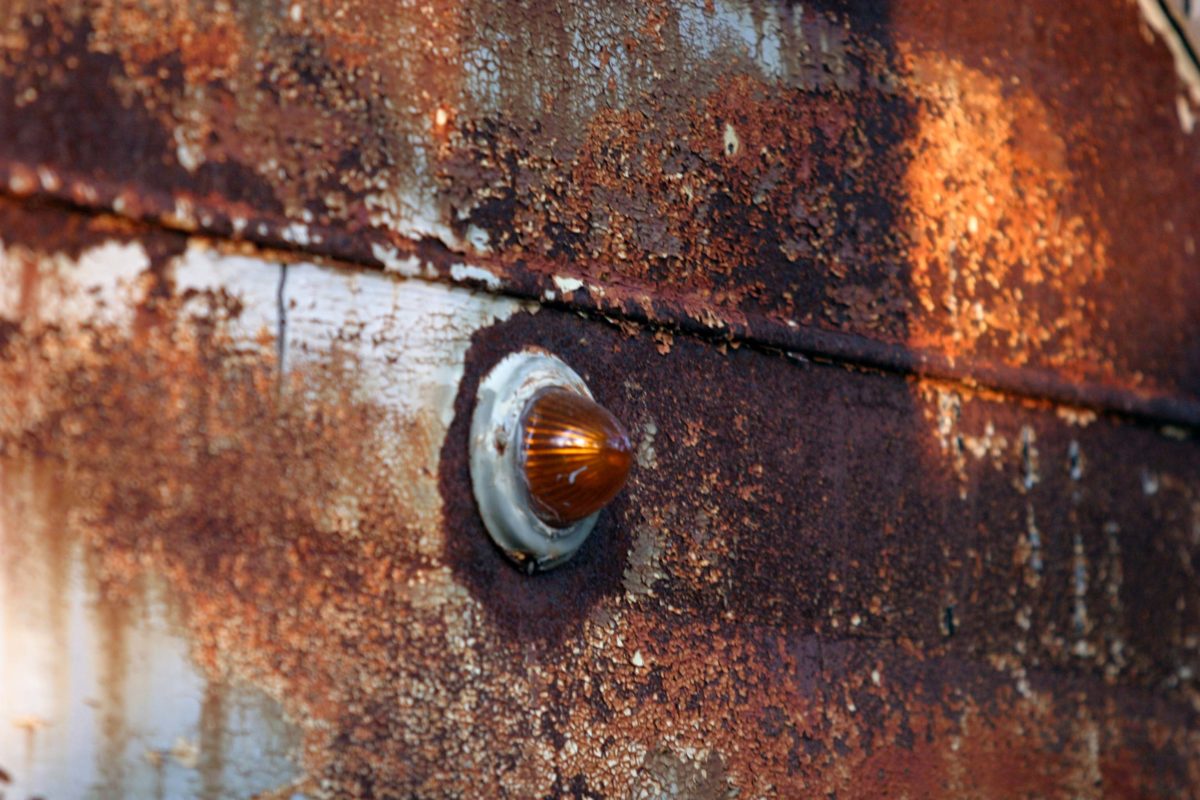A Newark-based company that has developed an anti-corrosion coating system that’s free of heavy metals has won big with the National Science Foundation: AnCatt received more than $700,000 to take its new technology to market.
“AnCatt is finally ready to take off,” cofounder and CEO Sue Wang said in a release.
The coating is a combination of a primer and a topcoat that create an ion barrier to protect metals from corrosion. The technology uses Conductive Polymer Nano Dispersion (CPND) and could be a potentially groundbreaking alternative to today’s anti-corrosion options, which are generally based on heavy metals like chromates, lead compounds and zinc compounds, according to the company’s grant proposal to the National Science Foundation.
“The Flint lead water crisis has shocked the nation, but do you know it is merely part of the problem?” Wang said in the release.
AnCatt cites that corrosion cost the U.S. economy more than $1 trillion in 2015, and that anti-corrosion coatings that contain heavy metals are currently a $30 billion global industry.
AnCatt’s coating system, according to the release, endured a record 13,000 hours of a “salt fog test” without rusting or blistering.
The big sum is an SBIR Phase II commercialization grant. Last year, AnCatt received an SBIR Phase I grant from the National Science Foundation for more than $149,000. Two new bills co-authored by U.S. Sen. Chris Coons (D-Del.) have made SBIR (that’s Small Business Innovation Research) grant money more accessible and so that recipients can use up to 5 percent of those funds toward things like market validation, intellectual property protection, market research and business model development.
Wang said the grant money will be used to scale production and develop other products with the anticorrosion coating, which could include applications of electrostatic dissipation, electromagnetic interference shielding, static resistant fibers, and conductive inks, toners and adhesives.
Anti-corrosion innovators net $700K from National Science Foundation







